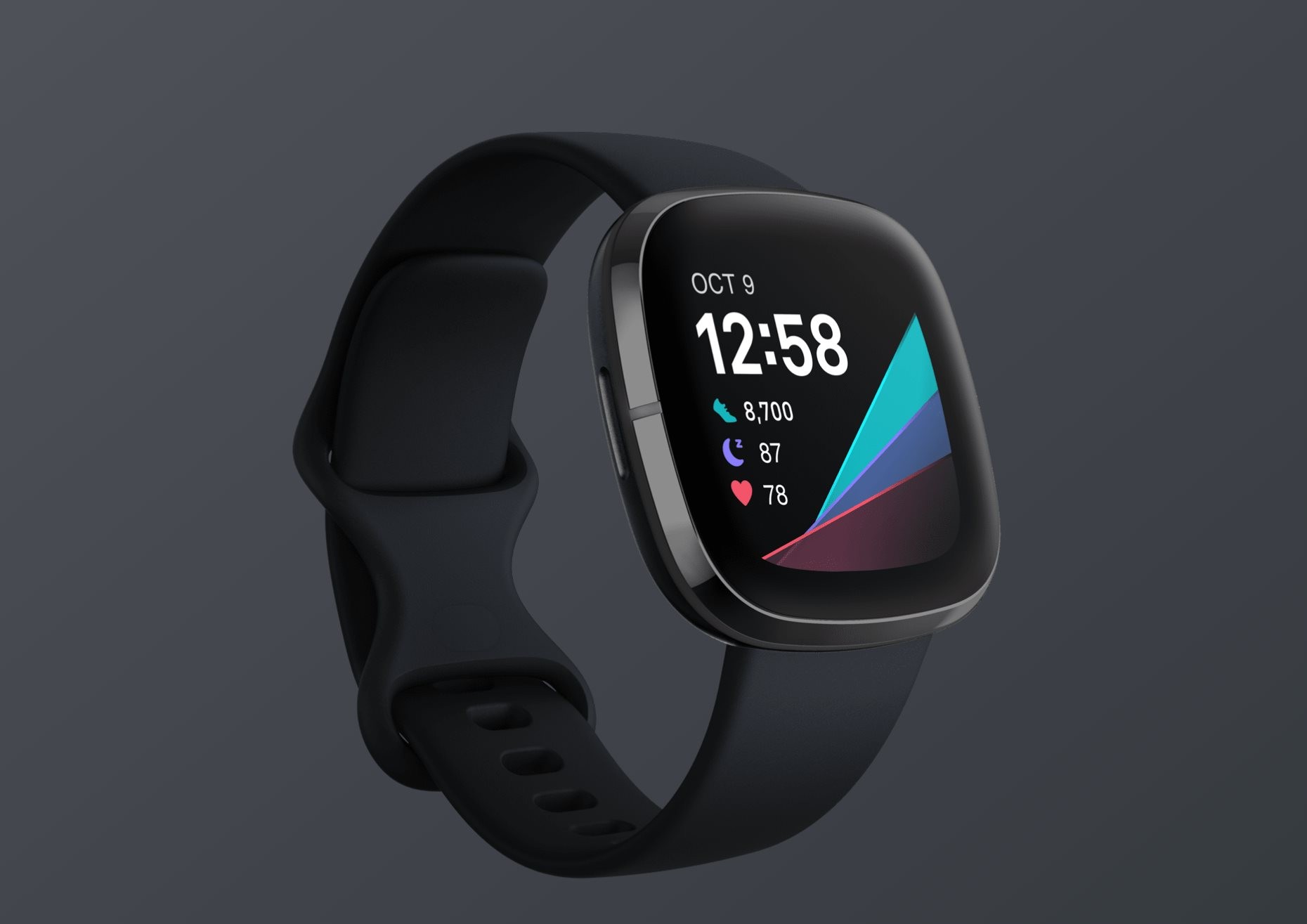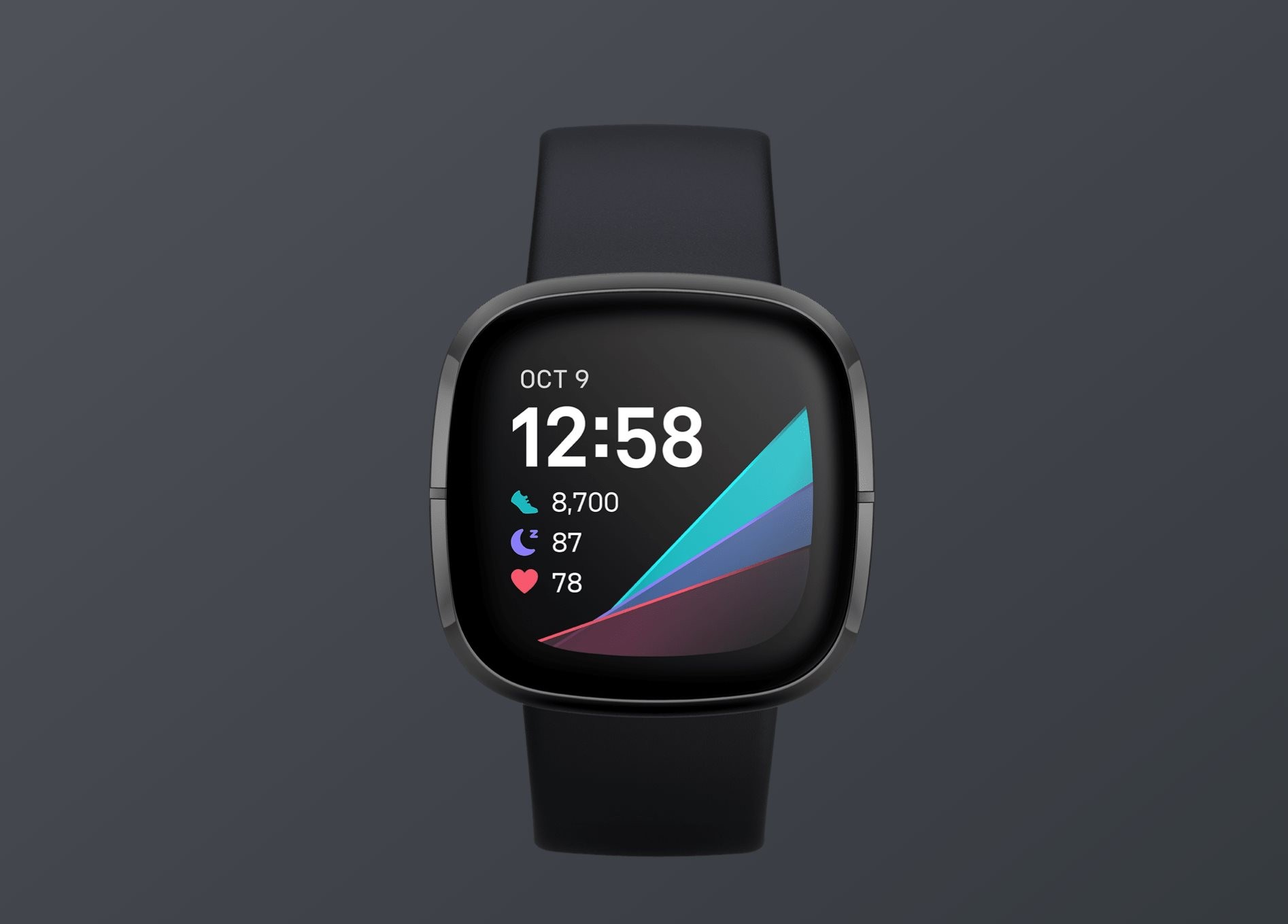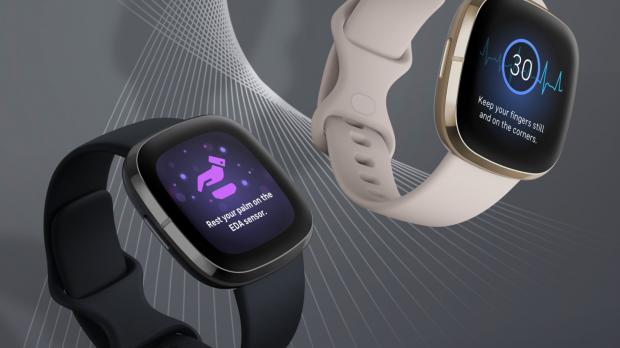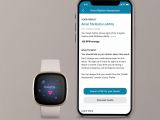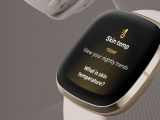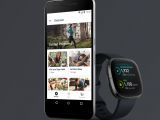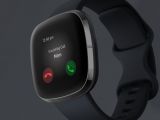Fitbit has just announced the new Fitbit Sense smartwatch, a successor to the Ionic but whose design is heavily inspired by the Versa.
The new smartwatch continues to run Fitbit’s proprietary operating system but comes with a series of new features, many of them focused on improving the health of the users.
First and foremost, there’s ECG support, something that’s already available on the Apple Watch and select Samsung devices. The Sense requires users to hold their fingers on the corners of the stainless steel ring around the watch for 30 seconds, and then the smartwatch generates an ECG that can be downloaded to a computer.
Fitbit says it offers this functionality to allow users to share the ECG with a doctor for additional information, as the feature is supposed to help detect signs of atrial fibrillation.
Then, the new PurePulse 2.0 tech, which includes an upgraded heart rate sensor, powers low heart rate notifications.
“With 24/7 continuous heart rate tracking, Fitbit Sense can detect and send a notification if your heart rate is outside your thresholds. While many factors can affect your heart rate, like stress or temperature, a high or low heart rate may be an indication of a heart condition that requires medical attention, such as bradycardia (heart rate that is too slow) and tachycardia (heart rate that is too fast),” Fitbit explains.
Fitbit Sense also ships with an EDA Scan app, which detects electrodermal activity and helps determine the level of stress. While similar readings are also available on other devices, Fitbit Sense is the world’s first smartwatch with a dedicated EDA sensor.
To use the new feature, users just have to place the palm of their hands over the face of the device, with the Sense then detecting small electrical changes in the sweat level of the skin and thus determine the body’s response to stressors.
“Fitbit’s new Stress Management Score calculates how your body is responding to stress based on your heart rate, sleep and activity data. Available with Fitbit Sense, it can be found in the new stress management tile in the Fitbit app. Ranging from 1-100, with a higher score indicating your body is showing fewer physical signs of stress, the score is coupled with recommendations to better manage stress, like breathing exercises and other mindfulness tool,” Fitbit explains.
The new Fitbit Sense comes with a 40.48mm display and in addition to the sensors mentioned above, it also includes a gyroscope, an altimeter, a 3-axis accelerometer, a dedicated sensor that can measure your skin temperature, an ambient light sensor, Wi-Fi, NFC for contactless payment through Fitbit Pay, a dedicated GPS sensor so it no longer needs the phone to track you on the map, a vibration motor, a speaker, and a built-in microphone.
The mic plus speaker combo is required to interact with assistants, as Fitbit Sense supports both Alexa and Google Assistant.
The device comes with Bluetooth 5.0 and up to 6 days of battery life per charge, but it also features a fast charging mode that restores 1 day of battery life in just 12 minutes.
Fitbit is also introducing a new so-called infinity band that’s supposed to be more lightweight and softer, thus making the device more comfortable to wear both during the day and during the night.
Fitbit Sense is available for pre-order today for $329.95, with shipping to kick off in late September. In Europe, the new device will be sold for 329.95 Euros, with market availability to be expanded in the coming months to more countries.
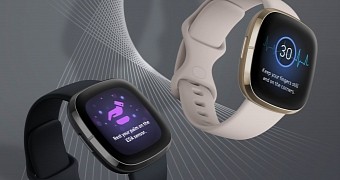
 14 DAY TRIAL //
14 DAY TRIAL // 